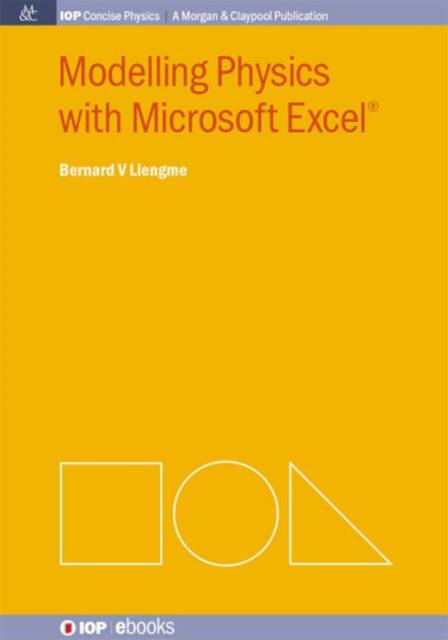
- Afhalen na 1 uur in een winkel met voorraad
- Gratis thuislevering in België vanaf € 30
- Ruim aanbod met 7 miljoen producten
- Afhalen na 1 uur in een winkel met voorraad
- Gratis thuislevering in België vanaf € 30
- Ruim aanbod met 7 miljoen producten
Zoeken
Omschrijving
This book demonstrates some of the ways in which Microsoft Excel(R) may be used to solve numerical problems in the field of physics. But why use Excel in the first place? Certainly, Excel is never going to out-perform the wonderful symbolic algebra tools that we have today - Mathematica, Mathcad, Maple, MATLAB, etc. However, from a pedagogical stance, Excel has the advantage of not being a 'black box' approach to problem solving. The user must do a lot more work than just call up a function. The intermediate steps in a calculation are displayed on the worksheet. Another advantage is the somewhat less steep learning curve. This book shows Excel in action in various areas within physics. Some Visual Basic for Applications (VBA) has been introduced, the purpose here is to show how the power of Excel can be greatly extended and hopefully to whet the appetite of a few readers to get familiar with the power of VBA. Those with programming experience in any other language should be able to follow the code.
Specificaties
Betrokkenen
- Auteur(s):
- Uitgeverij:
Inhoud
- Aantal bladzijden:
- 95
- Taal:
- Engels
- Reeks:
Eigenschappen
- Productcode (EAN):
- 9781627054188
- Verschijningsdatum:
- 1/10/2014
- Uitvoering:
- Paperback
- Formaat:
- Trade paperback (VS)
- Afmetingen:
- 178 mm x 254 mm
- Gewicht:
- 181 g

Alleen bij Standaard Boekhandel
+ 119 punten op je klantenkaart van Standaard Boekhandel
Beoordelingen
We publiceren alleen reviews die voldoen aan de voorwaarden voor reviews. Bekijk onze voorwaarden voor reviews.











